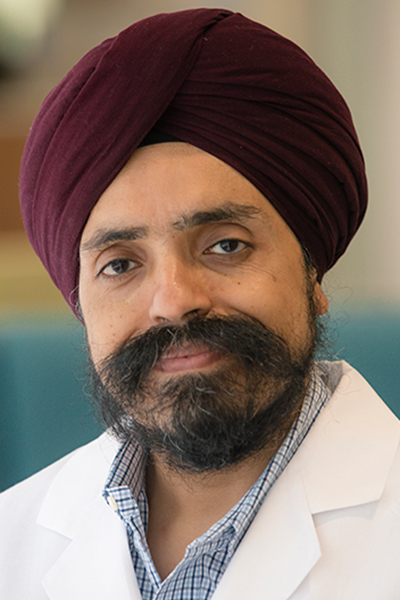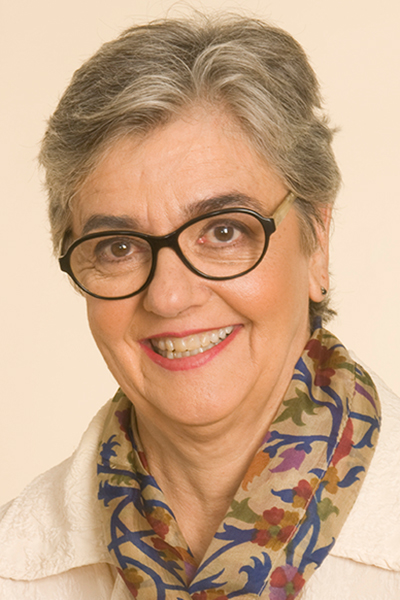
It has been well studied and demonstrated that minority race/ethnicity are associated with more severe outcomes in both osteoarthritis and rheumatoid arthritis. Additionally, race has been shown to be an important predictor of total knee (TKA) and total hip arthroplasty (THA) utilization and outcomes in the United States.
In an ACR Convergence 2020 session, Jasvinder Singh, MD, MPH, and Susan M. Goodman, MD, will explore the factors contributing to these disparities and discuss approaches to address them. The first showing of the session Address Racial Disparities in Rheumatology: RA, OA and Arthroplasty will take place on Friday, Nov. 6, from 3 – 4 p.m. and include a live question-and-answer period. Registered attendees have on-demand access to watch a replay of the session through Wednesday, March 11.
“Although African Americans have more symptomatic OA compared to whites, they are more likely to delay care and present with more severe disease. They are also less likely to undergo TKA or THA, with more adverse events including mortality, a disparity that has persisted for decades,” said Dr. Goodman, professor of clinical medicine at Weill Cornell Medicine and Director of the Integrative Rheumatology and Orthopedics Center of Excellence at the Hospital for Special Surgery in New York.

“For patients with RA, there are similar delays in seeking care and initiating DMARDs and biologics,” she said. “While there are no medications that modify the course of disease in OA, optimal care in RA requires early treatment with disease-modifying drugs. This approach has been shown to decrease joint damage and improve function, so delays have severe consequences.”
While the barriers to care that contribute to worse outcomes for African-American patients with RA or patients with OA who would benefit from arthroplasty are not well described, Dr. Goodman said that multiple factors contribute.
“One deterrent seems to be lack of information and knowledge about available treatments,” she said. “Economics create an additional barrier, but the effects of poverty and the effects of race are hard to disentangle.”
She cited the results of a study (Suarez Almazor et al; J Rheumatology 2007)comparing public and private clinic patients which showed that, for the mostly minority patients in a public clinic, the mean time to initiation of DMARDs was 6 years compared to 1.5 years in a private clinic (p = 0.001), and 7 years for non-white patients, compared to 1 year for white patients (p < 0.0001).
“However, in a study comparing patients in health care systems with open access to medications for RA (Kerr et al; J Clin Rheum 2017), such as the Veteran’s Administration, to those without open access reveals that equity in medication use can be achieved,” Dr. Goodman said.
While the solutions to closing these health care gaps are complex, the COVID-19 pandemic and its disproportionate impact on minority and low-income communities, alongside social justice protests that have made headlines this year, has raised awareness and focused attention on longstanding social constructs and institutional policies that “penalize people who are at the margins,” said Dr. Singh, professor of medicine and epidemiology at the University of Alabama at Birmingham and Staff Rheumatologist at the Birmingham Veterans Affairs Medical Center.
“One of the things we all have to do is take a hard look at the policies of our institutions, hospitals, or clinics and how those policies may disproportionately impact minorities and people at the fringes who have less resources and face other barriers to access,” Dr. Singh said. “When you think of your clinic policies, for example, think about not only if they efficiently serve people who need you, but if they also serve the people who most need you, whether they’re rural or socially disadvantaged or poor.”
While the COVID-19 pandemic has provided a stark reminder of the health care disparities that exist in this country, Dr. Singh said it has also provided an important reminder of how technology can be used to connect people to health care providers and other resources.
“We’ve seen a big increase in the use of telehealth and other technologies that can be used to reach people who may not have transportation or other reasons that make it hard for them to come to the clinic and connect them to the health care system,” he said. “Only when we find ways to connect and enact policies that open the system to underserved populations will we begin to level the playing field for everyone.”
